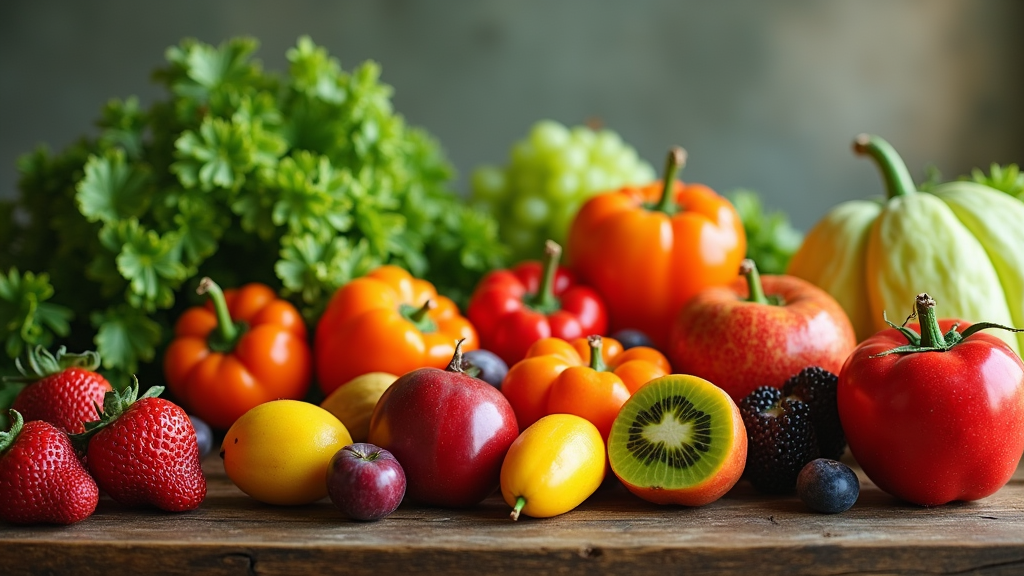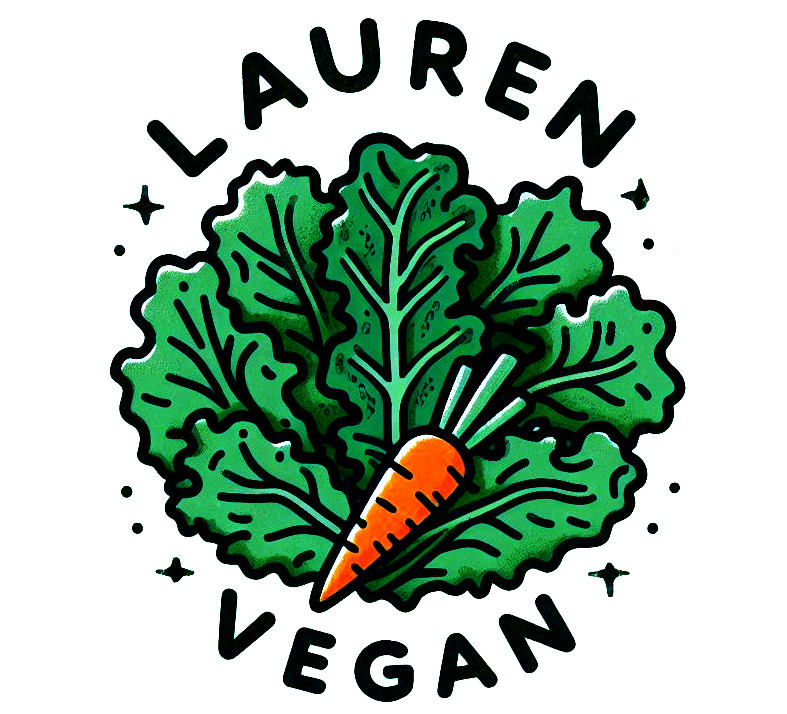Switching to a vegan diet can be a highly rewarding experience, offering health benefits while promoting environmental sustainability. This guide is designed to help beginners navigate the transition smoothly, providing practical tips, meal-planning strategies, and solutions to common challenges.

Key Considerations When Transitioning to a Vegan Diet
Adopting a vegan diet requires a shift in mindset and food choices. The focus should be on whole, plant-based foods such as fruits, vegetables, legumes, and whole grains. This not only introduces new flavors and textures but also often leads to improved energy levels and overall well-being.
Proper nutrition is essential, as a well-planned vegan diet can provide all necessary proteins, vitamins, and minerals. It is crucial to identify plant-based protein sources such as lentils, beans, tofu, and quinoa, as well as sources of essential nutrients like iron, calcium, and vitamin B12. Some may require supplements, especially during the transition phase, to ensure they meet their nutritional needs.
Steps for a Successful Transition
A gradual approach often leads to a smoother transition:
- Start Slowly: Begin by incorporating more plant-based meals into your diet rather than eliminating all animal products at once. Start with one vegan meal per day and increase the frequency over time.
- Educate Yourself on Nutrition: Understanding your body’s nutritional requirements is crucial. Reliable sources on vegan nutrition or consultation with a plant-based dietitian can help ensure you’re getting adequate nutrients.
- Plan Your Meals: Having a structured meal plan minimizes the risk of resorting to non-vegan options when hunger strikes. Prepare a shopping list that includes fresh produce, legumes, whole grains, nuts, and seeds.
- Experiment with Recipes: Trying out new vegan recipes can make the transition exciting. Explore different cuisines to discover plant-based meals that suit your taste.
- Stock Your Pantry: Keeping vegan staples on hand, such as beans, rice, lentils, pasta, and plant-based milk alternatives, simplifies meal preparation.
With these steps in place, transitioning to a vegan lifestyle becomes more structured and manageable, gradually becoming second nature.
Overcoming Common Challenges
Adjusting to a vegan diet may present difficulties, but these can be managed effectively with proper planning and awareness.
- Nutritional Gaps: Key nutrients like vitamin B12, iron, and omega-3s should be prioritized. Fortified foods, nuts, seeds, and supplements can help bridge gaps.
- Cravings for Non-Vegan Foods: Missing familiar flavors is normal, but plant-based alternatives such as tofu, tempeh, and seitan can be satisfying substitutes. Experimenting with spices and new cooking techniques can also help.
- Social Situations: Eating out or attending events may be challenging. Checking restaurant menus in advance, eating beforehand, or bringing a vegan dish to share can make social interactions easier.
- Meal Planning and Cooking Skills: Beginners might feel overwhelmed, but starting with simple meals like stir-fries, salads, and one-pot dishes can make cooking easier.
Advanced Strategies and Nutritional Tips
Once the basics are mastered, more advanced strategies can refine and enhance the vegan lifestyle:
- Balanced Plate Method: Half the plate should consist of fruits and vegetables, one-quarter whole grains, and one-quarter protein sources like beans or tofu.
- Diverse Protein Sources: Rotating protein options such as nuts, seeds, beans, and legumes ensure a full range of amino acids.
- Seasonal and Local Foods: Choosing fresh, seasonal produce enhances flavor while supporting local farmers and reducing environmental impact.
- Experimenting with Cooking Techniques: Roasting, grilling, and steaming can add variety and enhance the taste of plant-based ingredients.
Meal Planning and Shopping Insights
A well-stocked pantry and organized meal planning are essential for a successful vegan diet. Pre-planning meals for the week helps prevent last-minute non-vegan choices and ensures nutritional balance.
- Buy in Bulk: Purchasing staples like lentils, rice, and beans in bulk saves money and reduces shopping trips.
- Read Labels: Many packaged foods contain hidden animal-based ingredients, so checking labels is crucial.
- Explore Ethnic Cuisines: Many traditional dishes from different cultures are naturally plant-based and can add variety to a vegan diet.
Additional Tips for a Successful Vegan Lifestyle
Beyond food, embracing a vegan lifestyle involves exploring new habits and communities.
- Visit Farmers’ Markets: Fresh, organic produce is often available, supporting local farmers and providing seasonal ingredients.
- Join Vegan Communities: Online groups, cooking workshops, and meetups can provide support, new recipes, and motivation.
- Keep a Food Diary: Tracking meals can help identify which foods work best for your energy levels and overall well-being.
Frequently Asked Questions
- How do I ensure I get enough protein? Eat a variety of beans, lentils, tofu, tempeh, nuts, and seeds. Fortified foods and supplements can also help.
- What are some easy vegan substitutes for my favorite recipes? Dairy can be replaced with plant-based milks, butter with avocado or coconut oil, and eggs with flaxseed or chia seed mixtures.
- Will switching to a vegan diet help with weight management? Many people experience weight loss due to increased fiber intake and nutrient-dense foods, but portion control remains important.
- How can I manage social dining as a vegan? Checking menus in advance, calling restaurants ahead, or bringing a small dish to gatherings ensures you have vegan options.
Conclusion
Transitioning to a vegan diet is a rewarding journey that involves gradual changes, meal planning, and a willingness to experiment. By focusing on whole foods, educating yourself about nutrition, and preparing for social situations, you can create a balanced and enjoyable vegan lifestyle. Over time, this shift becomes a natural part of daily life, contributing to personal health and environmental sustainability.
